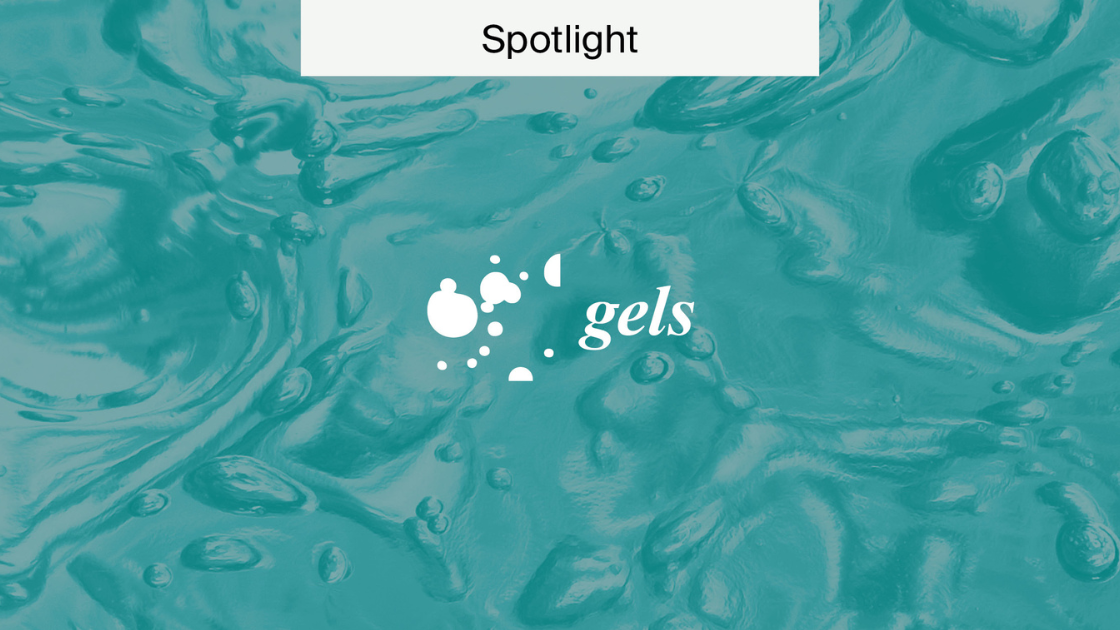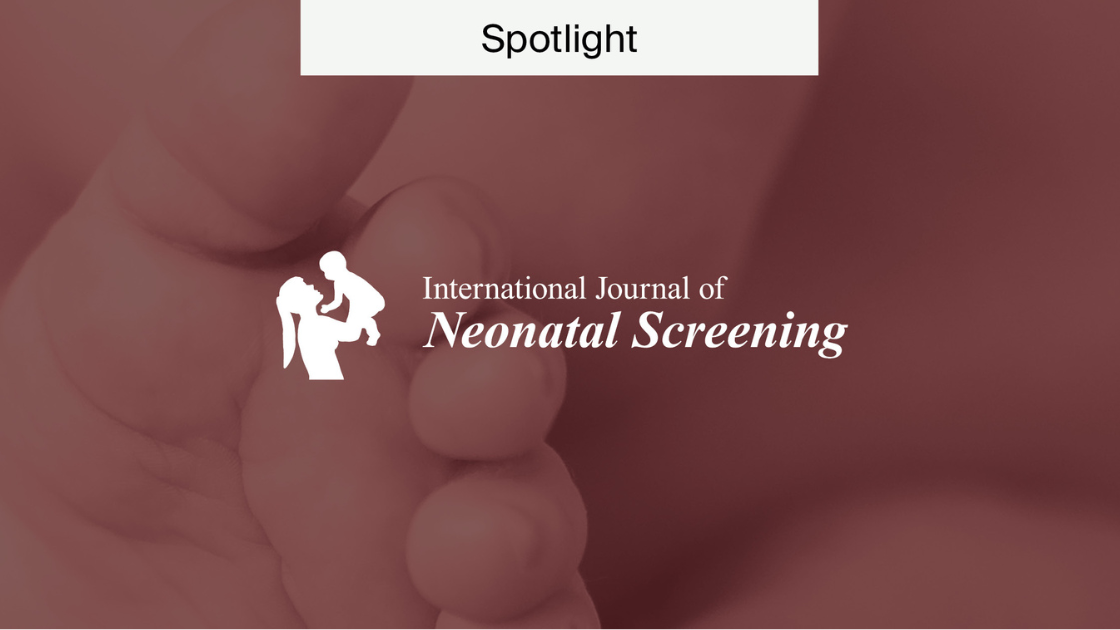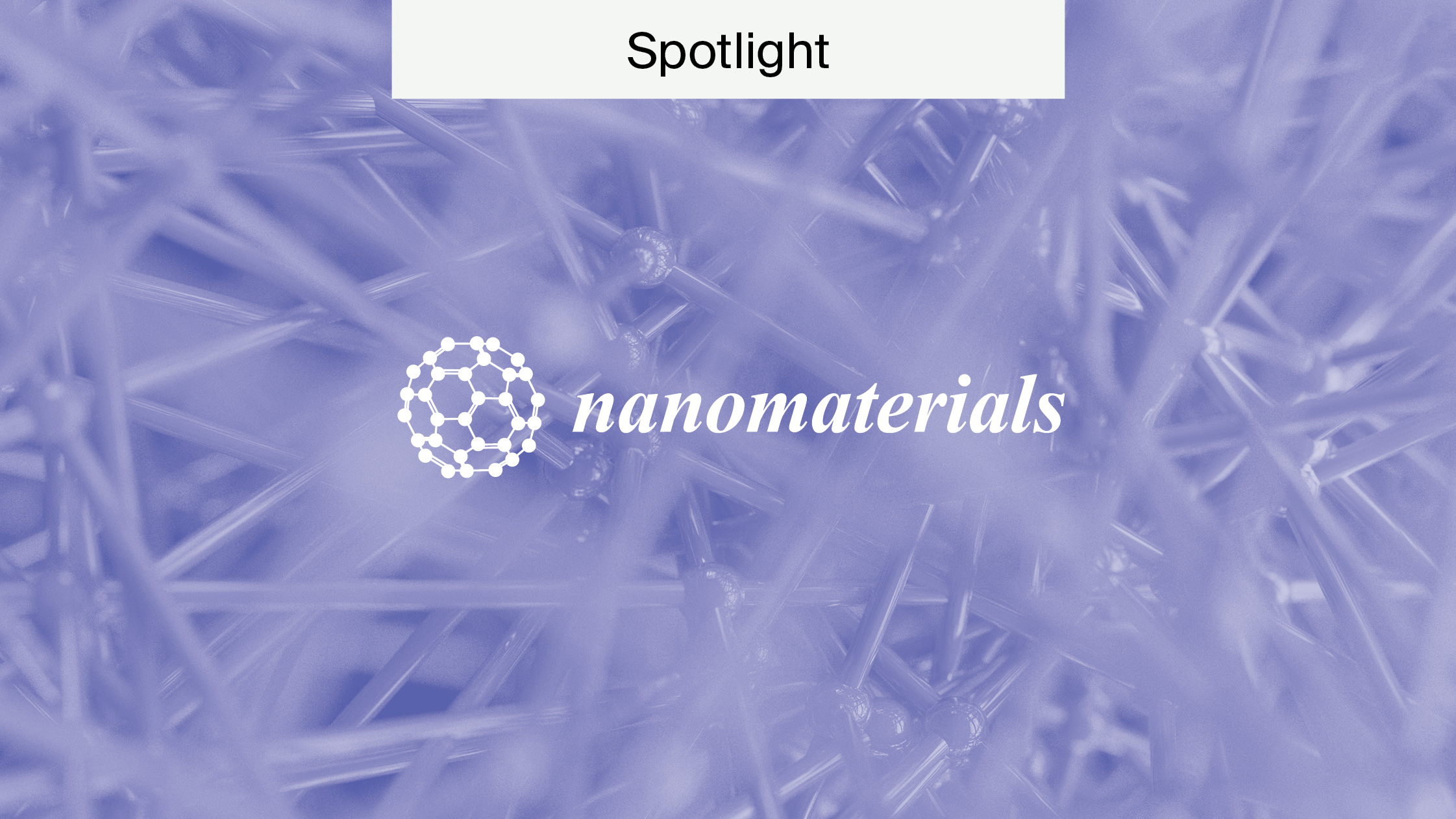
Spotlight on Nanomaterials
Our spotlight series shines a light on all the important aspects of our journals here at MDPI. This month, we take a closer look at Nanomaterials.
A brief history: Nanomaterials
Nanomaterials was founded in 2010. The founding Editor-in-Chief, Prof. Dr. Thomas Naan, still currently serves as a Section Board Member for the journal.
In 2011, the first issue of Nanomaterials was published. Nanomaterials received its first Impact Factor score of 2.076 in 2015 after being covered by Scopus.
Since then, the Impact Factor has more than doubled. Presently it stands at 5.719. This places the journal in the top 15 highest-ranking journals at MDPI. The journal recently reached a milestone achievement: in 2021, Nanomaterials published its 10,000th paper. Moreover, the journal grew significantly in 2021, 12 new sections were set up and 12 Section Editors were appointed. This included sections such as Biology and Medicines, Nanophotonics Materials and Devices and Nanocomposite Materials.
Additionally, in 2021 the journal was also approved for coverage within two new categories of journal citation reports. This includes Physics, Applied ranking 35/160 Q1 and Chemistry, Multidisciplinary ranking 55/178, Q2.
Want to learn more?
Nanomaterials is an international, peer-reviewed open access journal that publishes studies related to the field. Our goal is to provide rigorous peer review and enable rapid publication of cutting-edge research to educate and inspire the scientific community worldwide. We encourage scientists to publish their experimental and theoretical results in as much detail as possible. And there is no restriction on the length of the papers. Full experimental details must be provided. This is so that results can be reproduced. If you want to learn more about MDPI’s open access policies, please visit our site for details.
Thinking of submitting your manuscript to Nanomaterials?
Manuscripts should be submitted online at susy.mdpi.com. The submitting author is generally the corresponding author and is responsible for the manuscript during the submission and peer-review process. To submit your manuscript, register and log in to the submission website. Once you have registered, click here to go to the submission form for Nanomaterials. All co-authors can see the manuscript details in the submission system. To do so, they must register and log in using the e-mail address provided during manuscript submission.
Successes and what’s next
Nanomaterials has had many successes over the years. One is that its impact factor steadily increases each year. In addition, citations of Nanomaterials also increase every year.
As Nanomaterials diversifies it provides opportunities to not only authors but also nanomaterials research. This year, 2023 has already presented opportunities for the journal including the recent conference XII Reunión del grupo de física de la materia condensada de la RSEF held from the 1st February- 3rd February. It was a collaboration with other MDPI journals Electronics, Energies, Materials, Symmetry, Electronic Materials, Physics and Condensed Matter.
If you’re interested in future conferences or submitting research to Nanomaterials, please visit their website.











interesting